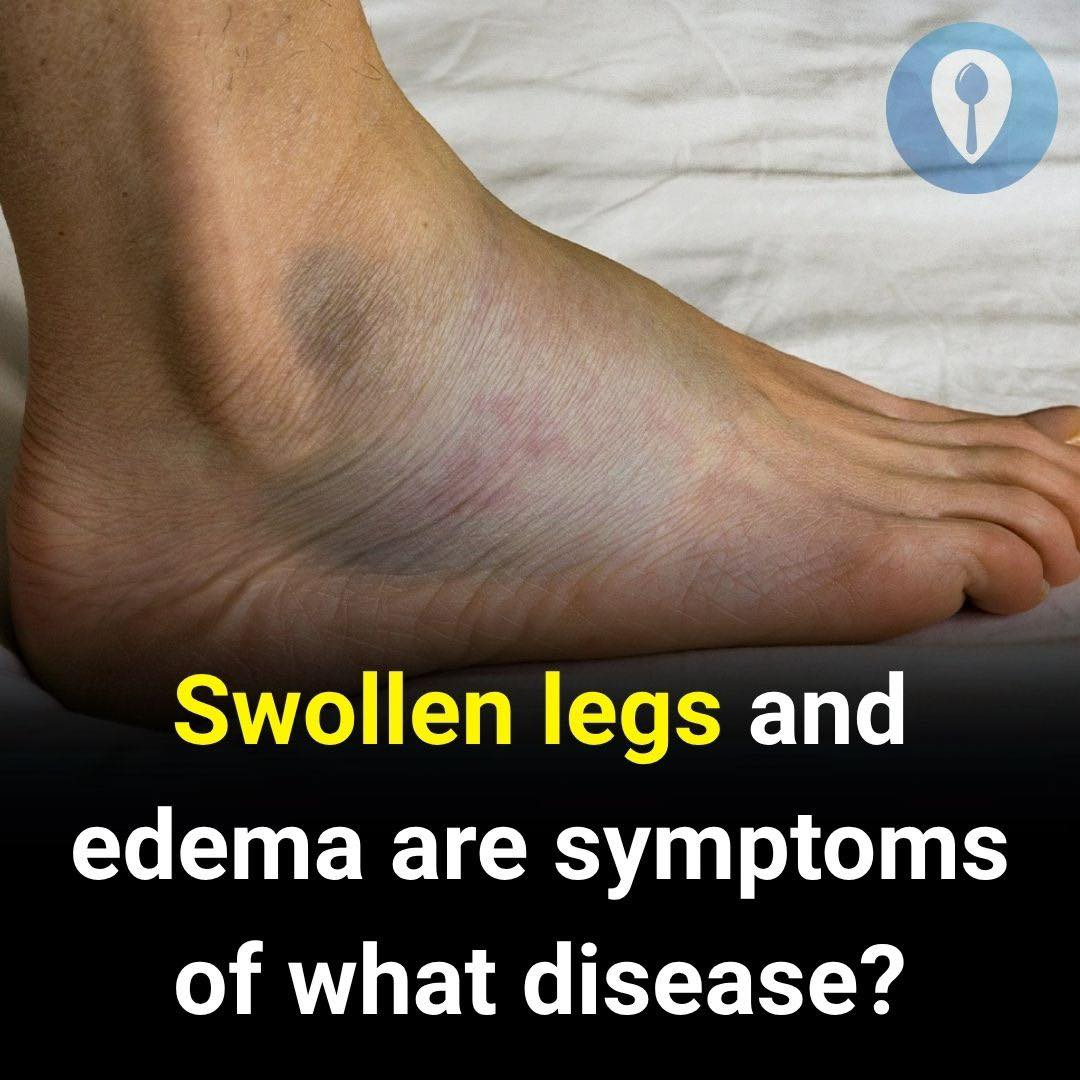🔍 Common Causes of Swollen Legs
1. 🪑 Prolonged Sitting or Standing
Sitting during long flights or standing all day can cause dependent edema — fluid pooling in the legs due to gravity
Usually improves with elevation and movement
✅ Often temporary and not serious.
2. 🤰 Pregnancy
Hormonal changes and increased blood volume can cause mild leg swelling
Most common in the third trimester
Should be monitored — sudden swelling in hands or face can signal preeclampsia
✅ Report rapid or one-sided swelling to your OB-GYN.
3. 💊 Medication Side Effects
Certain drugs can cause fluid retention:
Blood pressure medications (like calcium channel blockers)
Steroids
NSAIDs (ibuprofen, naproxen)
Diabetes medications (thiazolidinediones like pioglitazone)
Hormone therapy or birth control pills
✅ Talk to your doctor before stopping any medication.
4. 🧂 High Salt Intake
Eating too much sodium causes your body to retain water
Can lead to puffiness in legs, hands, and face
✅ Reducing salt often improves swelling within days.
⚠️ Serious Medical Conditions Linked to Leg Swelling
When edema is persistent, painful, or worsening, it could signal an underlying disease.
1. ❤️ Heart Failure
The heart can’t pump effectively, causing fluid to back up into the legs, lungs, and abdomen
Swelling is often worse at the end of the day
Other signs:
Shortness of breath (especially when lying flat)
Fatigue
Rapid weight gain
📊 Called peripheral edema — one of the most common signs of heart failure.
2. 🩺 Kidney Disease
Damaged kidneys can’t remove excess fluid and sodium
Swelling often appears in legs, ankles, and around the eyes
Urine changes (foamy, dark, or low volume) may also occur
✅ Common in people with diabetes or high blood pressure.
3. 🧠 Liver Disease (Cirrhosis)
The liver produces albumin, a protein that keeps fluid in the bloodstream
When the liver fails, fluid leaks into tissues and the abdomen (ascites)
Leg swelling often accompanies abdominal bloating and jaundice
✅ Often linked to long-term alcohol use or hepatitis.
4. 🩸 Deep Vein Thrombosis (DVT)
A blood clot in a deep leg vein causes sudden, one-sided swelling
The leg may be red, warm, and tender
Medical emergency — the clot can travel to the lungs (pulmonary embolism)
🚨 If you have sudden, painful swelling in one leg — call 911 or go to the ER immediately.
5. 🩸 Venous Insufficiency
Damaged valves in leg veins allow blood to pool, leading to chronic swelling
Often causes varicose veins, skin discoloration, or ulcers
Swelling improves with elevation and compression stockings
✅ Common in people who stand for long periods.
6. 🧠 Lymphedema
Damage or blockage in the lymphatic system (often after surgery or radiation)
Causes chronic, non-pitting swelling
Usually affects one arm or leg
✅ Requires medical management and specialized care.
✅ When to See a Doctor
Seek medical advice if you have:
Sudden or one-sided leg swelling
Pain, redness, or warmth (possible DVT)
Shortness of breath or chest pain
Swelling with high blood pressure or kidney issues
Swelling that doesn’t improve with elevation
Pitting edema that lasts more than a few days
🩺 A simple physical exam, ultrasound, or blood test can help identify the cause.
🛡️ What You Can Do at Home (If Cleared by a Doctor)
Elevate legs above heart level
Helps fluid drain back toward the heart
Wear compression stockings
Improves circulation and reduces swelling
Stay active
Walking helps pump fluid upward
Reduce salt intake
Lowers fluid retention
Stay hydrated
Helps kidneys flush out excess sodium
❗ Never self-treat if you suspect heart, kidney, or blood clot issues.
Final Thoughts
Swollen legs aren’t always a sign of disease — but they shouldn’t be ignored.
Your body uses swelling as a signal — sometimes subtle, sometimes urgent.
So if your shoes feel tighter at night or your ankles look puffy, don’t just chalk it up to aging or heat.
Listen.
Investigate.
Talk to your doctor.
